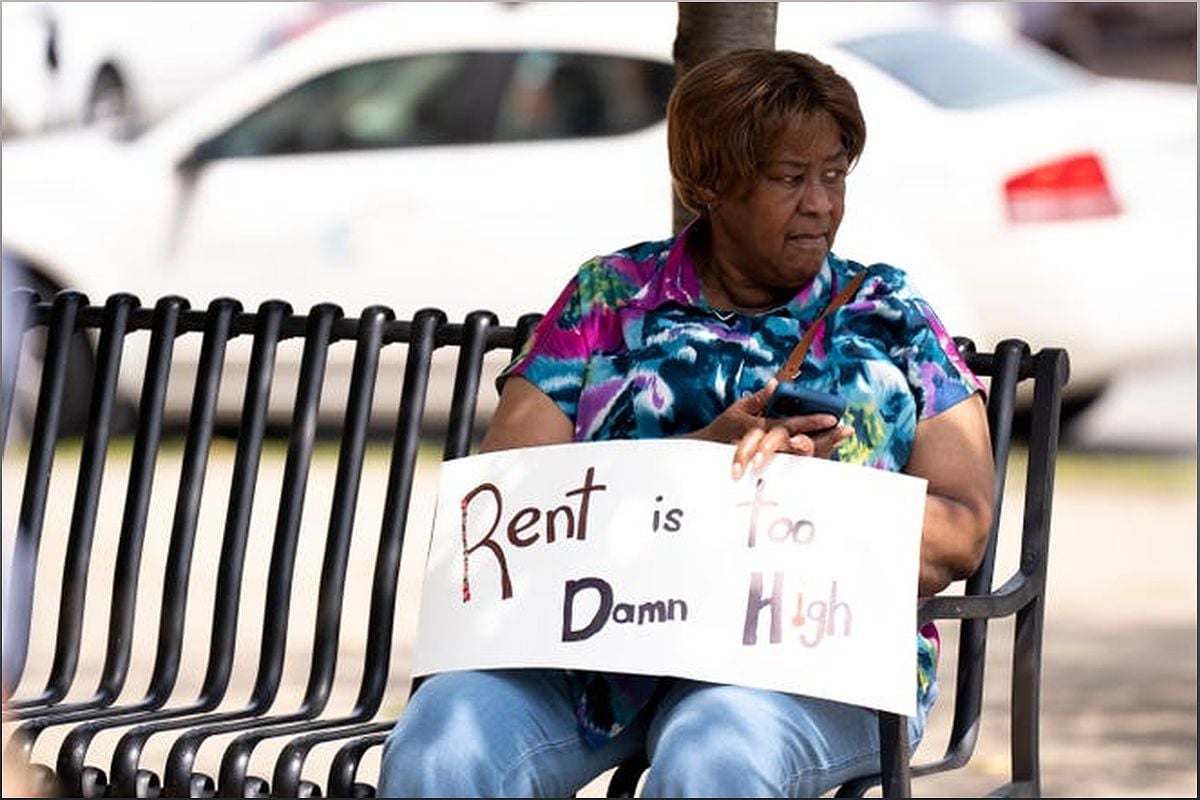The Impact of Rent Control on Housing Affordability: A Closer Look
In communities across the country, the issue of housing affordability is reaching a crisis point. Millions of Americans are struggling to find homes they can afford, prompting policymakers to search for solutions. However, the proposed solution of rent control may not be as beneficial as it seems. As a real estate and finance writer with years of experience, I want to shed light on the true impact of rent control on housing affordability. Let’s take a closer look at the potential consequences and explore alternative approaches to address the housing crisis.
The Impact of Rent Control on Housing Affordability
Understanding the potential consequences of rent control on housing affordability.
Rent control is often seen as a solution to the housing affordability crisis, but its impact goes beyond what meets the eye. While it may appear to help low to middle-income renters, studies have shown that the biggest beneficiaries are actually well-off renters who take advantage of the system.

By imposing government price controls on apartments financed with Freddie- or Fannie-backed loans, the Federal Housing Finance Agency (FHFA) aims to stabilize rents. However, this approach can have unintended consequences, such as hindering new housing development and discouraging investment in existing housing stock.
So, what does this mean for housing affordability? Let’s delve deeper into the potential impact of rent control and explore alternative solutions to address the housing crisis.
The Negative Effects on Housing Development
How rent control hampers new housing development and restricts supply.
One of the main drawbacks of rent control is its adverse impact on housing development. Studies have consistently shown that rent control policies discourage new construction and limit the supply of available housing units.
When landlords are subjected to rent control regulations, they have less incentive to invest in new housing projects. The potential return on investment becomes uncertain, leading to a decline in the overall quality and quantity of available rentals.
This shortage of affordable housing options further exacerbates the housing crisis, making it increasingly difficult for low-income households to find suitable and affordable homes.
The Burden on Housing Providers
How rent control discourages investment in existing housing stock.
Rent control policies also place a significant burden on housing providers. When rental rates are artificially capped, landlords may struggle to cover maintenance costs, property taxes, and other expenses associated with property management.
This financial strain can discourage housing providers from investing in the upkeep and improvement of their properties. As a result, the quality of available rentals may decline over time, further exacerbating the housing affordability problem.
It’s important to consider the unintended consequences of rent control on housing providers and find alternative ways to address the needs of both renters and property owners.
The Need for Alternative Solutions
Exploring alternative approaches to address the housing affordability crisis.
While rent control may seem like a quick fix, it is essential to explore alternative solutions that can effectively address the housing affordability crisis without hindering housing development.
One approach is to prioritize the development of new housing units to meet the growing demand. This can be achieved through incentives for developers, streamlining the construction process, and addressing zoning restrictions that delay projects.
Additionally, increasing the availability of affordable housing through targeted tax credit programs and public-private partnerships can help bridge the gap between supply and demand.
By focusing on these alternative solutions, we can create a more sustainable and inclusive housing market that benefits both renters and housing providers.
